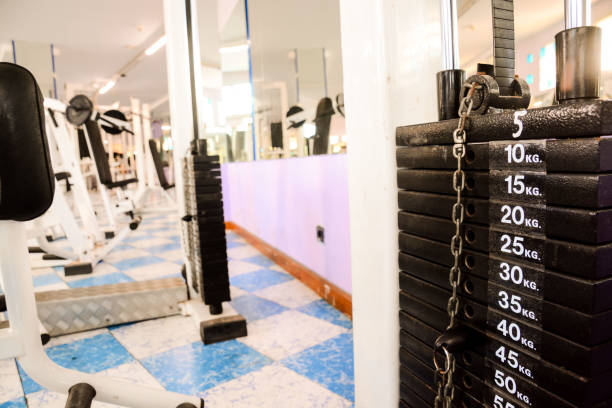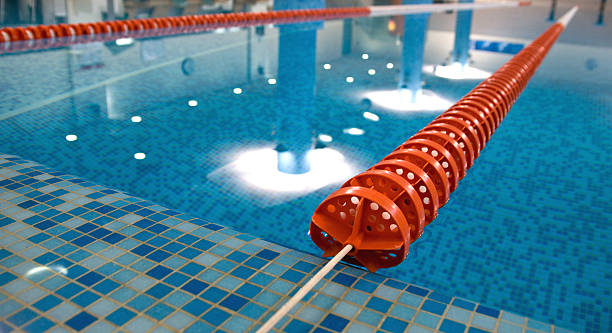
Best Olympic Pools: A Dive into Excellence
When it comes to the grandeur of the Olympics, the spotlight is often on the athletes and their incredible feats. However, beneath the surface of every outstanding performance lies the unsung hero—the Olympic pool. These aquatic arenas are not merely bodies of water; they are marvels of engineering and design, setting the stage for record-breaking moments. In this exploration of the best Olympic pools, we delve into the excellence that defines these aquatic masterpieces.
See more > https://olympics.com/en/news/olympic-swimming-pools-around-the-world
1. Best Olympic Pool – Beijing 2008
Dubbed the “Water Cube,” the National Aquatics Center in Beijing, host of the 2008 Summer Olympics, revolutionized the perception of Olympic pools. Its innovative design, resembling a translucent cube of bubbles, captivated the world. The structure, constructed with a lightweight steel frame and ETFE bubbles, not only provided a visually stunning backdrop but also showcased sustainability in architecture. The Water Cube remains an icon, symbolizing the marriage of aesthetics and eco-conscious engineering.
2. London Aquatics Centre – London 2012
The London Aquatics Centre, a focal point of the 2012 Summer Olympics, stands as a testament to architectural ingenuity. Designed by the renowned Zaha Hadid, this aquatic marvel boasts a wave-like roof structure that mimics the fluidity of water. The design not only captures the essence of aquatic motion but also offers optimal acoustics for an electrifying spectator experience. The London Aquatics Centre redefines the concept of a sports venue, blending functionality with a distinctive, artistic flair.
3. Rio Olympic Aquatics Stadium – Rio 2016
In 2016, Rio de Janeiro played host to the Summer Olympics, and the Olympic Aquatics Stadium stole the show. What set this venue apart was its temporary nature, designed specifically for the Games. Despite its impermanence, the stadium showcased meticulous planning and innovation. The modular structure allowed for swift assembly and disassembly, minimizing environmental impact—a groundbreaking approach in Olympic pool design.
4. Tokyo Aquatics Centre – Tokyo 2020 (2021)
The Tokyo Aquatics Centre, though delayed by a year due to unforeseen circumstances, made an indelible mark during the 2020 Summer Olympics. Its sleek, futuristic design, featuring a dynamic roof inspired by undulating waves, set a new standard for contemporary Olympic pool architecture. Beyond aesthetics, the venue incorporated cutting-edge technology, including state-of-the-art timing and lighting systems, ensuring precision and spectacle in every aquatic event.
5. Sydney International Aquatic Centre – Sydney 2000
Looking back at the turn of the millennium, the Sydney International Aquatic Centre, host of the 2000 Summer Olympics, remains an enduring example of excellence. The venue’s design, with its distinctive wave-like roof and transparent facade, reflected Australia’s affinity with the ocean. Its legacy lives on as a multipurpose facility, showcasing the adaptability and longevity of Olympic pool infrastructure.
Conclusion: Diving into Legacy
In the realm of Olympic pools, each venue tells a unique story of architectural prowess and innovation. From the iconic Water Cube in Beijing to the contemporary marvel of the Tokyo Aquatics Centre, these pools transcend their utilitarian purpose, becoming symbols of human achievement and environmental consciousness. As we celebrate the athletes who grace these pools with their prowess, let us also acknowledge the silent, shimmering stages that elevate the Olympic experience to unparalleled heights.


